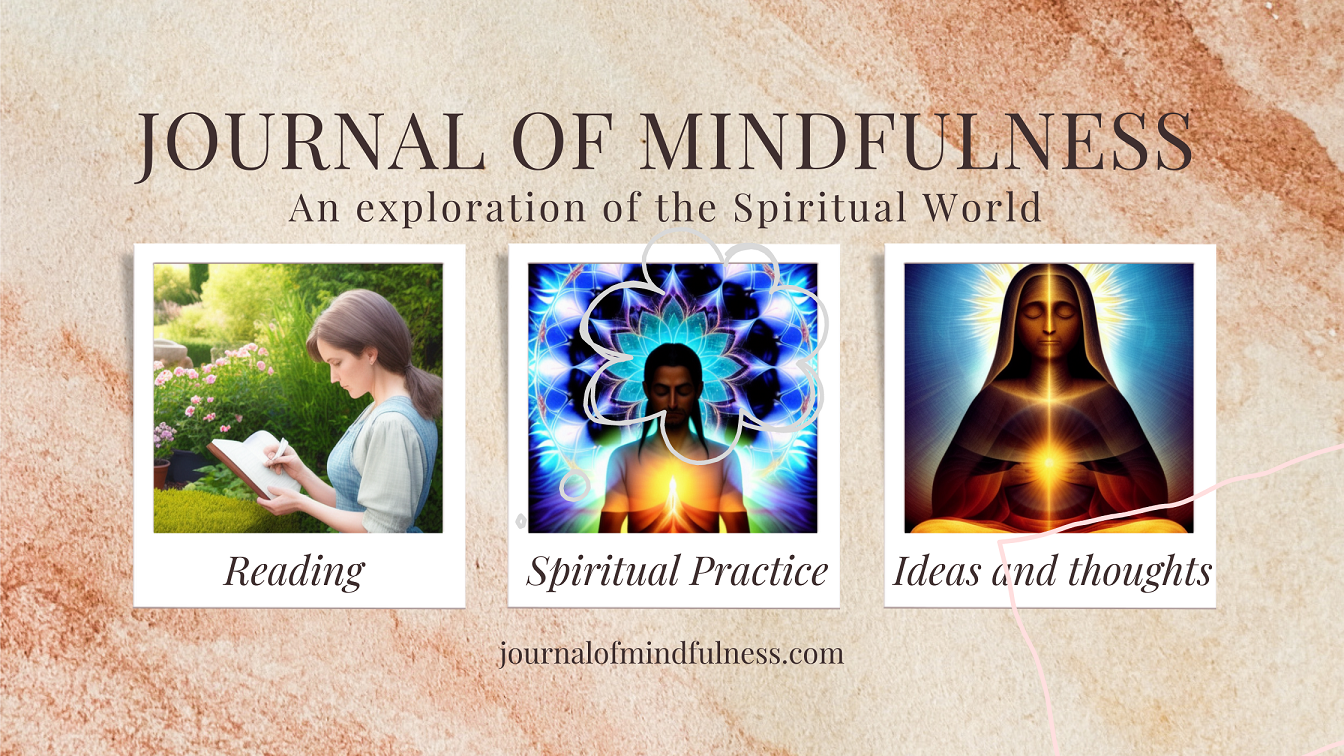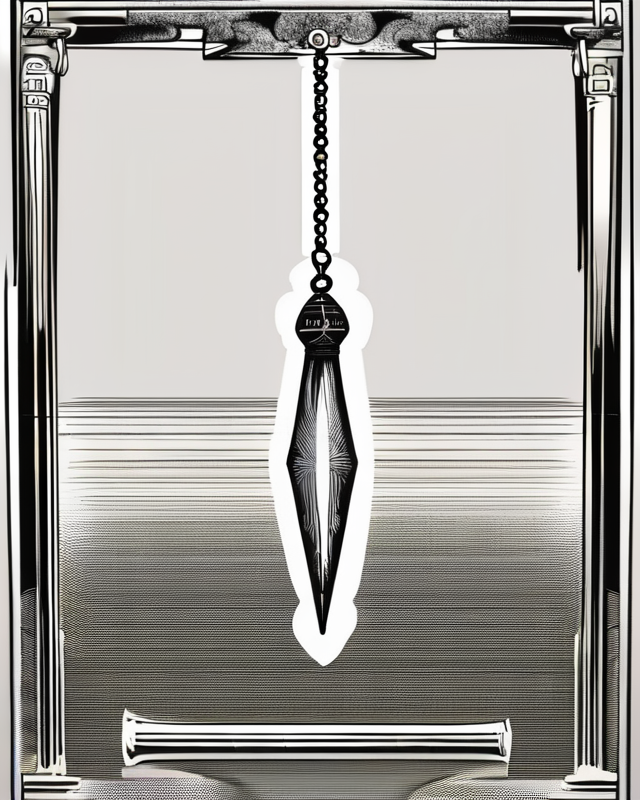Pendulums
A pendulum session typically refers to the practice of using a pendulum as a divination tool to gain insights, guidance, or answers to questions. This technique is often associated with dowsing, a form of intuitive exploration. Here’s how a pendulum session works:
- Preparation: The person conducting the pendulum session begins by finding a quiet and calm space where they can focus their energy and intention. It’s important to create a relaxed and open mindset.
- Choosing a Pendulum: The practitioner selects a pendulum for the session. Pendulums come in various materials such as crystals, metals, or wood. The pendulum is usually attached to a chain or string.
- Clearing and Charging: Before starting the session, the practitioner may choose to cleanse and charge the pendulum. This can be done through methods like smudging with sage, placing it in moonlight or sunlight, or using other energy-cleansing rituals.
- Calibration: This step involves establishing the pendulum’s responses for “yes,” “no,” and “maybe” or neutral. This can be done by asking the pendulum questions with known answers to see how it swings or rotates in response.
- Setting Intentions: The practitioner sets a clear intention for the session. This could be seeking answers to specific questions, guidance on a particular matter, or simply gaining insights into a situation.
- Asking Questions: The practitioner holds the pendulum by its chain or string and asks questions verbally or mentally. The pendulum’s movement in response to the questions is interpreted based on the established calibration. A swinging motion can indicate a “yes” or a positive response, while a different direction or no movement might indicate a “no.”
- Interpretation: The practitioner uses their intuition and the established calibration to interpret the pendulum’s movements. The session may involve a combination of closed-ended questions (requiring “yes” or “no” answers) and open-ended questions for more detailed insights.
- Wrap-Up: Once the practitioner feels they have received the desired information or guidance, they thank the pendulum for its assistance. The pendulum is then cleansed and stored in a safe place until the next session.
It’s important to note that pendulum sessions are highly subjective and rely heavily on the practitioner’s intuition. The responses from the pendulum are believed to reflect the practitioner’s subconscious thoughts, emotions, and energies. As such, interpretations can vary and are influenced by the practitioner’s mindset and beliefs.
Pendulum sessions can be seen as a form of self-reflection, and the insights gained should be taken with an open but discerning perspective. Some people find value and personal growth through this practice, while others approach it with skepticism.
It is usually best not to ask questions about self as the answers can be influenced by the questioner. Instead it is advisable to go to an outside expert who has no vested interest in the answer.
Find an expert on our sister site FreeChatPsychics

